Word doc letter template
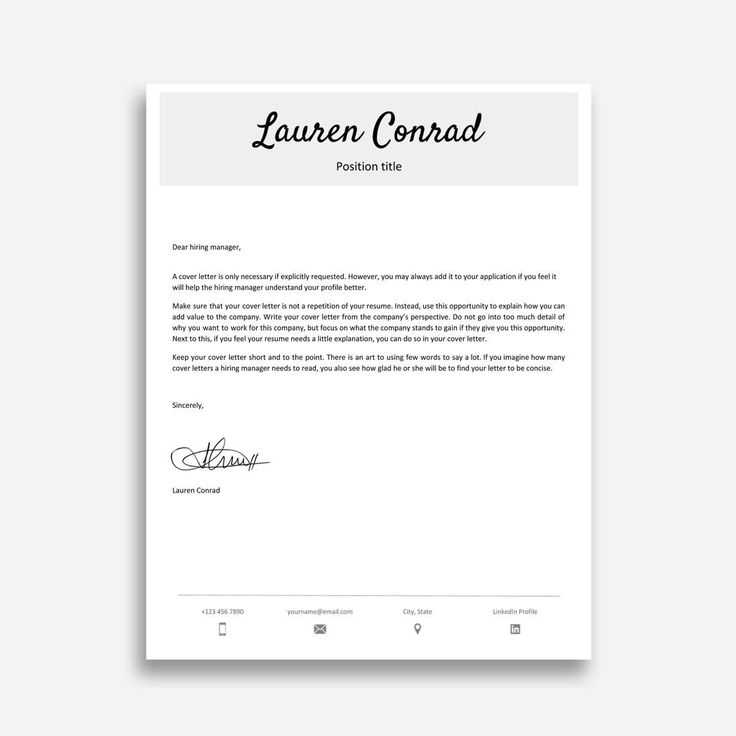
Creating a well-structured letter in Word is made simple with the right template. These templates provide a clear and consistent layout, making it easier to communicate your message effectively. By using a Word doc letter template, you save time formatting and can focus on the content of your letter.
A reliable letter template includes sections like a header, greeting, body, and closing. It’s crucial to pick a template that suits the purpose of your letter. Whether you’re writing a formal letter, cover letter, or a simple thank you note, the right template ensures your letter remains organized and professional.
Ensure that your template includes all necessary details: Start with your contact information or the recipient’s, followed by a formal greeting, the body with the main message, and end with a polite closing. These elements are key to creating a letter that conveys professionalism and respect.
Adjust the template to fit your needs by replacing placeholder text with your own message. Using a template not only saves time but also guarantees your letter is properly formatted, leaving a positive impression on the recipient.
Word Doc Letter Template Guide
To create a clean and professional letter in Word, use the following layout and steps.
- Page Setup: Start by adjusting the page size to “Letter” (8.5 x 11 inches) under the “Layout” tab. Set margins to 1 inch on all sides for a balanced appearance.
- Header Information: Begin with your contact information at the top-left corner. Include your name, address, phone number, and email. Skip lines for spacing between each piece of information.
- Date: Leave a space after your contact info and insert the current date, aligned to the left.
- Recipient’s Info: After the date, add the recipient’s name, title, company (if applicable), and address, aligned to the left as well.
- Salutation: Use a polite greeting, such as “Dear [Recipient’s Name],” followed by a comma. If you don’t know the name, use “To Whom It May Concern.” Make sure to leave a line after the salutation.
- Body Paragraphs: Write clear and concise paragraphs, each with a single point. Start with an introduction, followed by supporting details, and end with a call to action or concluding statement. Leave a space between each paragraph.
- Closing: Sign off with a formal closing such as “Sincerely,” “Best regards,” or “Yours faithfully.” Leave about four spaces for your signature if you’re printing the letter. Below that, type your full name.
- Attachments (optional): If you are including attachments, mention them under your name with a line such as “Enclosures” or “Attachments.” Make sure to list the attached documents clearly.
Keep the font to something professional, like Times New Roman or Arial, size 12. Ensure the letter is spaced correctly for readability, and proofread for any errors before finalizing it.
Choosing the Right Letter Template for Your Purpose
When selecting a letter template, prioritize clarity and tone that matches your intention. If you are writing a formal business letter, choose a professional template with clear headings, appropriate salutations, and concise body content. A personal letter template, on the other hand, should have a more relaxed structure with space for a warm greeting and closing.
Consider the Context
The context of your letter determines its structure and style. For formal communication, like job applications or official inquiries, opt for a clean, minimalistic template with well-organized sections. Personal letters can be more expressive, offering flexibility in format and design.
Keep Your Audience in Mind
The template you choose should align with your audience’s expectations. A template for a letter to a colleague may differ from one you would send to a government official or a family member. Understand who will read your letter and select a template that suits their preferences and formality level.
| Letter Purpose | Template Features |
|---|---|
| Business Letter | Professional tone, structured layout, clear headings, formal salutation |
| Personal Letter | Casual tone, expressive language, flexible layout, friendly salutation |
| Cover Letter | Introduction, body paragraph detailing qualifications, closing with a call to action |
| Thank You Letter | Express gratitude, polite tone, concise content, personal touch |
Customizing Font and Layout for Professional Appeal
Choose legible fonts that convey professionalism. Stick to classic options like Times New Roman, Arial, or Calibri for formal documents. Avoid decorative fonts that may distract from your message. Maintain a font size between 10-12 points for readability, and use consistent font styles throughout the document.
Establish clear structure with proper alignment and spacing. Align text to the left for a clean and organized look, and avoid justified text that can create awkward gaps. Use single line spacing for standard documents and 1.5 line spacing for easier reading, especially for longer letters.
Utilize headers and subheaders to break up sections. Clear headings help the reader quickly identify key points. Use bold for headings and keep them concise. Apply a larger font size for headings compared to body text, but ensure the differences remain subtle.
Optimize margins and indents for a neat presentation. Use 1-inch margins on all sides to give your document breathing room. Indent the first line of each paragraph by 0.5 inches to separate ideas and improve readability.
Incorporate bullet points and numbered lists to organize information. This makes key details stand out and enhances document structure, especially for lists or instructions. Keep the list short and to the point for maximum clarity.
Choose color schemes wisely for emphasis. Stick with neutral tones for the background and black or dark grey for text. If you need color, use it sparingly for headings or key phrases to maintain professionalism.
Incorporating Proper Greeting and Closing Formats
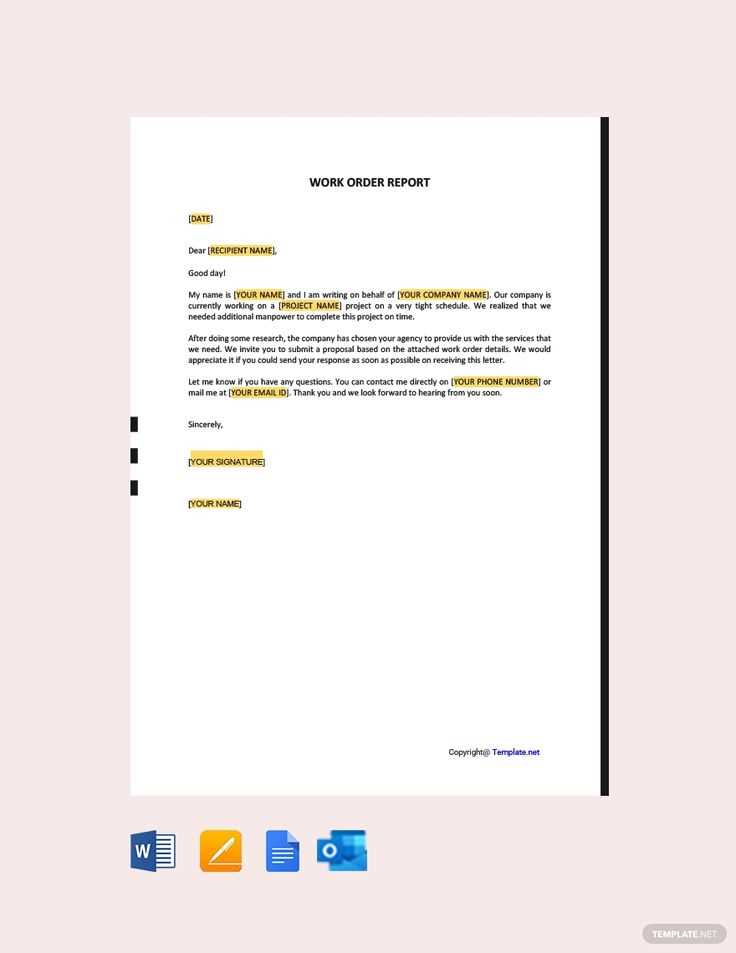
Begin your letter with a clear and polite greeting. Use “Dear” followed by the recipient’s title and last name, such as “Dear Mr. Smith” or “Dear Dr. Johnson.” If you’re unsure of the person’s title, you can opt for their full name, e.g., “Dear John Smith.” This formal approach sets the right tone for business and professional letters.
Greeting Variations
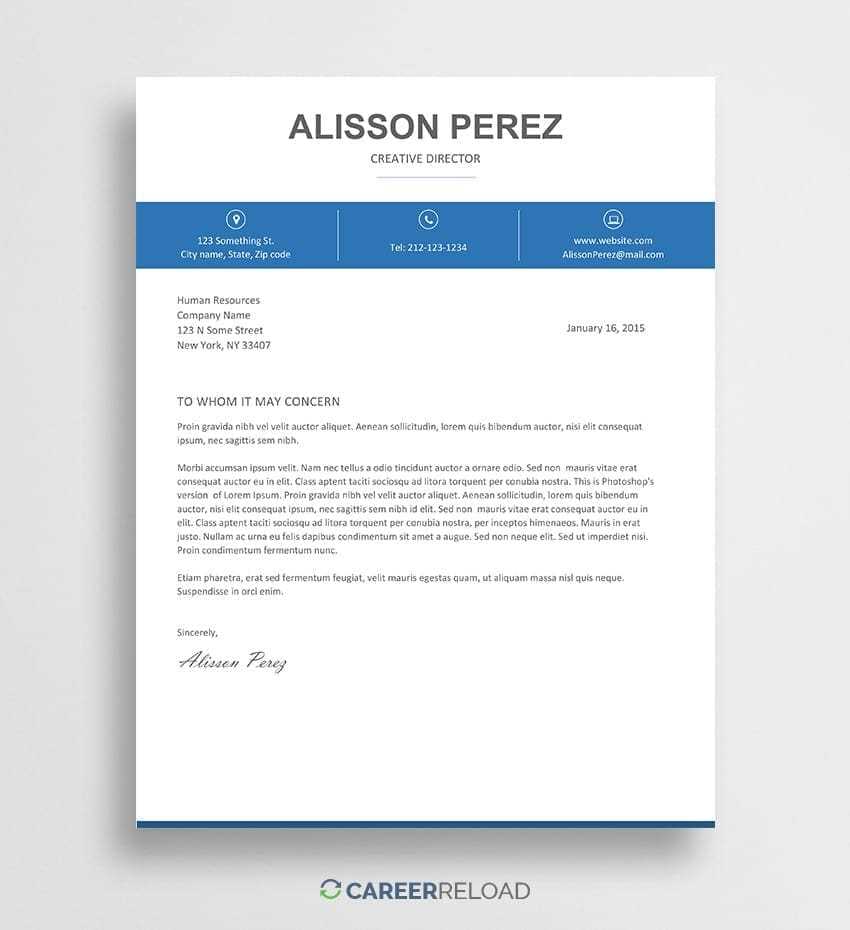
If you have a more familiar relationship with the recipient, you can use their first name, such as “Dear John.” Avoid overly casual greetings like “Hey” or “Hello” in formal documents, as they may come off as too informal.
Closing the Letter
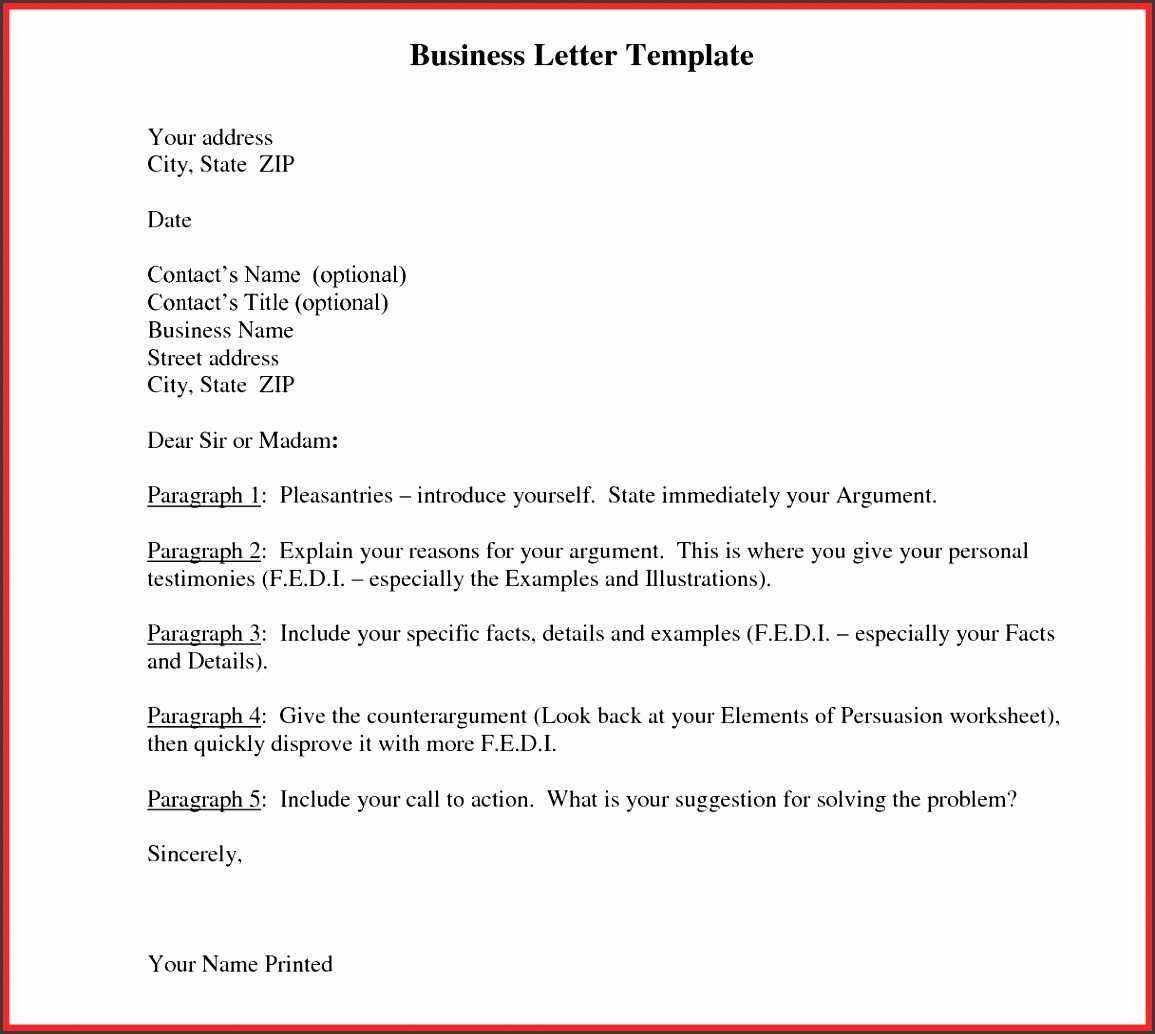
Conclude with a polite closing that matches the tone of your letter. Common options include “Sincerely,” “Best regards,” or “Yours faithfully.” If you’ve used the recipient’s first name in the greeting, “Best regards” can be a fitting choice. For formal or business contexts, “Sincerely” remains the most common and respected option.
Ensure that your closing is followed by a comma and a space before your name or signature. This structure helps maintain a professional appearance and keeps the message clear.
Utilizing Predefined Fields to Save Time
Inserting predefined fields into your Word document templates can significantly speed up the creation process. By using fields like the date, recipient name, and document title, you can automate the process of filling in these details. This way, you don’t have to manually type repetitive information, allowing you to focus on the content itself.
One of the most useful features is the automatic insertion of the current date. Word offers a field that updates the date each time the document is opened, which eliminates the need to change it manually. Similarly, you can use fields to include the document’s title or author name, ensuring consistency throughout your documents.
To apply a predefined field, go to the “Insert” tab, select “Quick Parts,” and then choose “Field.” From there, you can select from a variety of options such as page numbers, dates, and document properties. These fields can be customized to match the specific needs of your letter templates, saving you time on repetitive tasks.
Moreover, combining multiple fields in a single template helps streamline the process of personalizing each document. For example, you can create a template that auto-fills the recipient’s name, address, and other personalized details from an Excel database. This integration reduces the chances of errors and ensures uniformity across all your letters.
Ensuring Compatibility Across Different Devices
Use universally supported file formats like .docx or .pdf when creating Word document letter templates. This guarantees that recipients on different devices and platforms can open the file without issues. Avoid using uncommon fonts or ensure that fonts used are embedded in the document to prevent font substitution on other devices.
Testing Across Multiple Devices
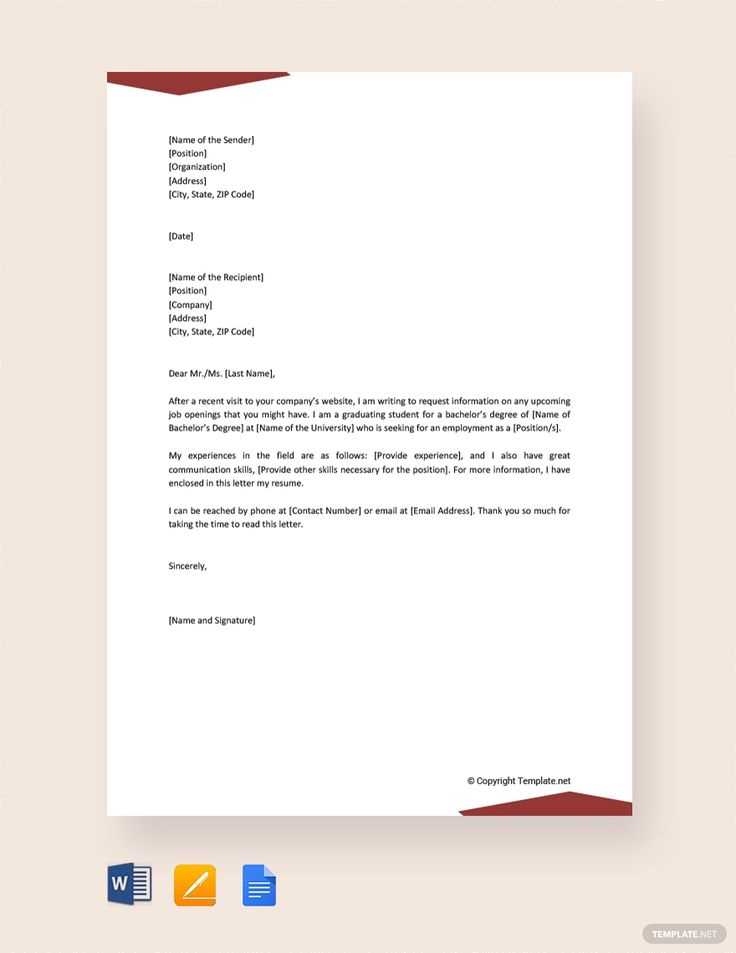
Before finalizing the template, test it on various devices and word processing software. Ensure that the layout, spacing, and formatting remain consistent across devices with different screen sizes and operating systems.
Using Cloud Services for Accessibility
Storing the document on cloud platforms like Google Drive or Microsoft OneDrive provides easy access across devices. Cloud-based platforms ensure compatibility across multiple devices and also allow for real-time collaboration and editing, preventing version discrepancies.
Common Mistakes to Avoid When Using Templates
One common mistake is failing to customize the template. Templates provide a structure, but they should always reflect the unique details of your document. Adjust fonts, spacing, and layout to fit your needs and ensure your content is properly highlighted.
Ignoring Template Instructions
Many templates come with specific instructions or guidelines. Skipping these can lead to formatting issues or missed features. Take a moment to review any recommendations included within the template, as they can save time and prevent errors.
Overloading the Template with Content
Templates are designed to give a clean, professional look. Overcrowding them with too much text or unnecessary images can overwhelm the layout. Keep your content concise and well-organized, and only include what’s absolutely necessary to maintain clarity.